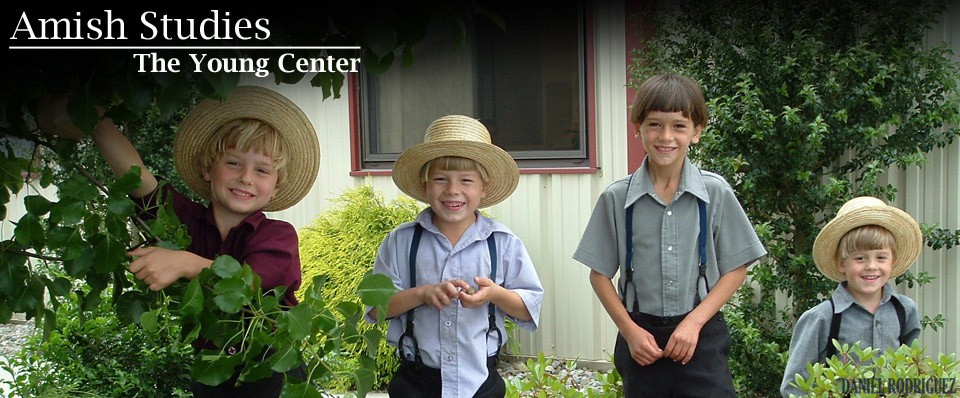Language
 The vast majority of Old Order Amish and Old Order Mennonites across North America speak two languages fluently, Pennsylvania German (popularly known as Pennsylvania Dutch) and English. A small minority known as the Swiss Amish, who live mainly in southern Indiana, speak a form of Bernese Swiss German instead of Pennsylvania German.
The vast majority of Old Order Amish and Old Order Mennonites across North America speak two languages fluently, Pennsylvania German (popularly known as Pennsylvania Dutch) and English. A small minority known as the Swiss Amish, who live mainly in southern Indiana, speak a form of Bernese Swiss German instead of Pennsylvania German.
Pennsylvania German developed in the eighteenth century as the result of the immigration of approximately 81,000 German speakers from Central Europe, including Switzerland, to southeastern Pennsylvania. The vast majority (96 percent) of these immigrants were of the Lutheran or German Reformed faith; of the remaining 4 percent, roughly one-half were Mennonites and only a few hundred were Amish. Whatever varieties of German they spoke in Europe, the Amish assimilated to the language of the majority, Pennsylvania German, which resembles most closely the German dialects spoken in the southeastern Palatinate, near the city of Mannheim. The influence of English on Pennsylvania German is often overstated. Only 10 to 15 percent of Pennsylvania German vocabulary is English-derived; its core grammatical structures remain Palatine German.
The Amish speak Pennsylvania German among one another and it is the language of the sermons during church services. English is used mainly with non-Amish relatives and friends, but it is also the dominant medium of literacy. While most Amish have a good reading knowledge of the standard German of the Bible and other religious texts, they read and write mainly in English. And in Amish schools, instruction is typically in English.
Although the Amish originally comprised only a small minority of the Pennsylvania German-speaking population, they and the Old Order Mennonites are the last groups to use the language actively and pass it on to their children. Maintenance of both Pennsylvania German and standard German has become an important symbol of Amish identity and a tangible connection with their spiritual heritage.
Additional information
- See pp. 121-25 of chapter 7, “Symbols and Identity,” in Donald B. Kraybill, Karen M. Johnson-Weiner, and Steven M. Nolt, The Amish (Baltimore: Johns Hopkins University Press, 2013).
- Mark L. Louden, Pennsylvania Dutch: The Story of an American Language (Baltimore: Johns Hopkins University Press, 2016).
- PaDutch.net features information, recordings, and additional resources related to the Pennsylvania Dutch language.
- Karen M. Johnson-Weiner, “Group Identity and Language Maintenance: The Survival of Pennsylvania German in Old Order Communities.” In Diachronic Studies on the Languages of the Anabaptists, ed. by Kate Burridge and Werner Enninger, 26-42. Bochum, Germany: Universitätsverlag Dr. N. Brockmeyer, 1992.
